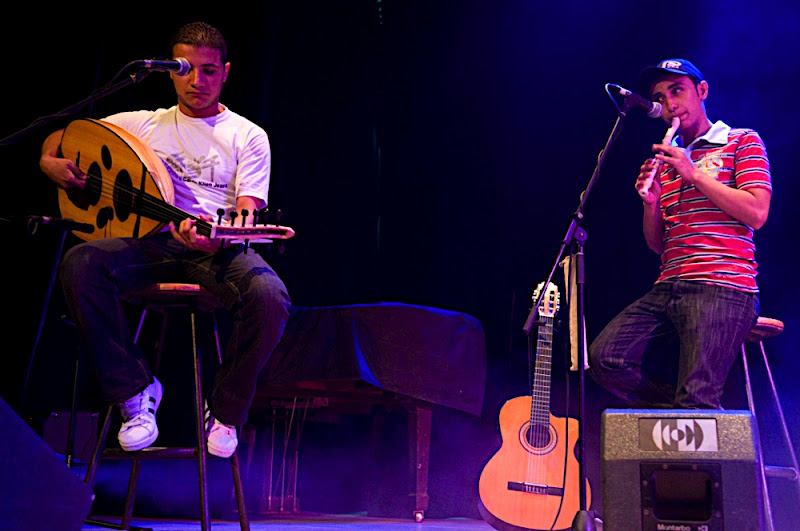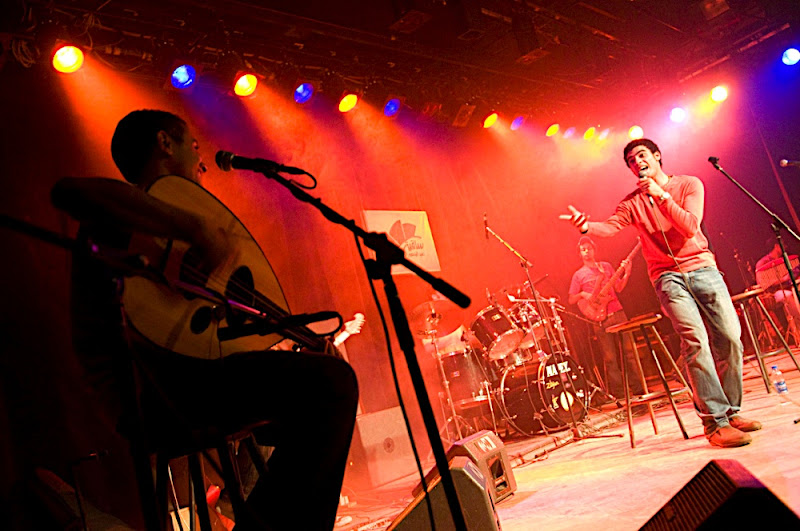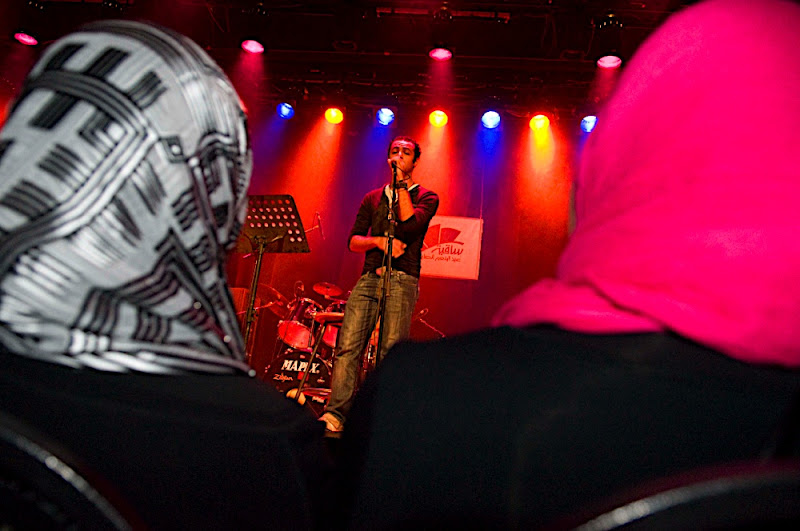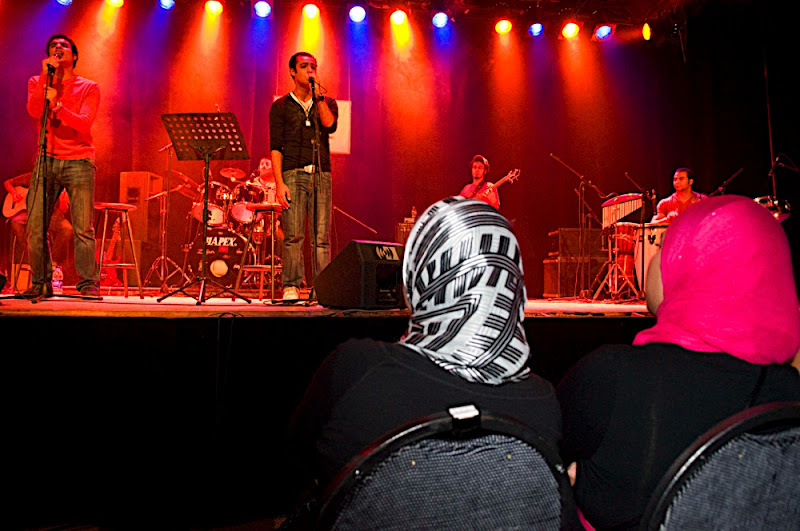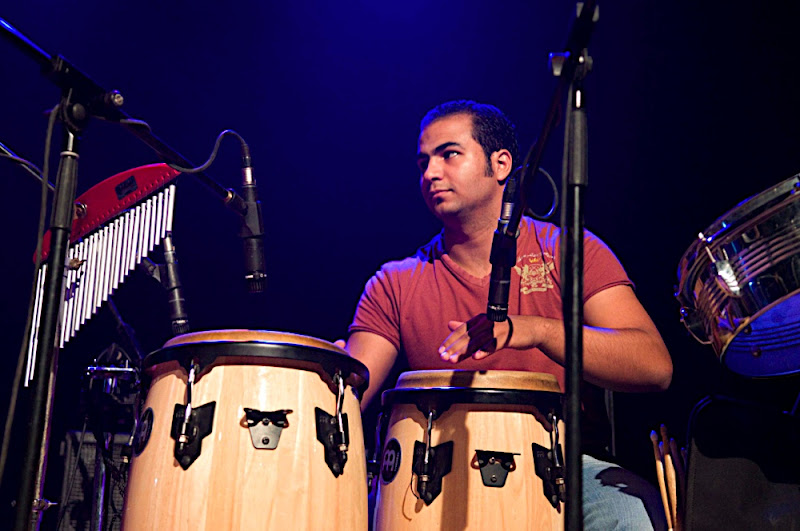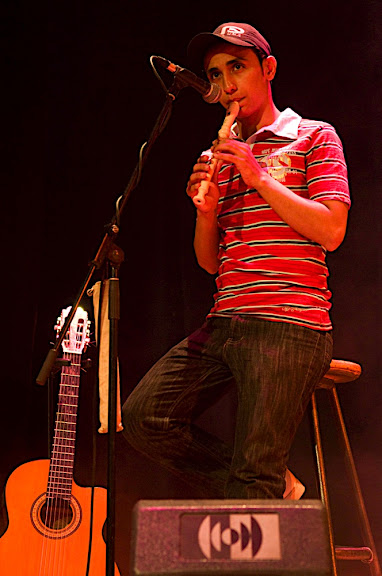CAIRO: For those unfamiliar with the Islamic practice of veiling, the many variations of the hijab found on the streets of Cairo can be perplexing. Why are some hijabs bright, fashionable — sometimes downright flashy — while others seem conservative in the extreme — solid black, un-textured, and designed to cover as much of the wearer’s body as possible?
Then comes the full-face veil, or niqab. Why do some women cover every inch of skin, sometimes wearing black gloves and eye-screens, while others sport body-hugging undergarments and designer jeans? Is there any doctrinal difference between the Islam of a woman who wears a niqab and the religion of a young woman whose Italian silk hijab is as much a fashion accessory as a gesture of modesty?
With these questions in mind, I set out for downtown Cairo on Thursday evening, where I spoke with women of all ages, wearing all sorts of different veils. What I found was surprising — I expected to discover a lexicon of terms for all of the different styles of veils, but the lexicon is meager at best.
There is the niqab, of course, which is always accompanied by a full-length abbaya, the female version of the traditional galabiyah. And then there is the khemar, which — like the niqab but without covering the face— descends over the shoulders, down to the elbows, and is also accompanied by traditional clothing in subtle colors. Finally, there is the hijab.
Simple enough, right? Except that all veils — indeed, the entire practice of veiling — are part of the concept of hijab, which stipulates that Muslim women should cover their features and hair so as to discourage the lascivious gazes of men, allowing both women and the men to avoid sin.
In common parlance, hijab refers to the trendy veils worn by the younger generation — the ones that come in dozens of textures, dozens of fabrics, and hundreds of colors. Compared to the niqab and the khemar, these fashionable hijabs, and the tight clothes that sometimes accompany them, seem nothing short of revolutionary.
But the older generation doesn’t feel terribly threatened. “You can’t obligate the people to wear any particular thing,” said Mona, who wears a niqab, when I asked if she worried about the boisterous colors and tight clothing worn by most of Cairo’s younger women.
Mona’s husband, Salah, agreed. Many women shift to more traditional styles of veiling at the bequest of their husbands. Mona said, “It’s the decision of the husband. If he wants you to wear the niqab, you wear the niqab. If he tells you, ‘I don’t want you to wear niqab,’ you don’t wear it.”
“There are a few women who wear the niqab before marriage,” Mona added, “but not many.” Mona began wearing a niqab several years into her marriage, at Salah’s request. For his part, Salah said, “Someday God will ask us about our lives and what we did … the decision comes from inside [the husband], because he wants Allah to be very satisfied with him, because he wants to do the maximum.”
Salah also believes that a woman maintains her virginal beauty before God by leaving only her eyes uncovered, because eyes remain youthful well into old age.
As conservative Muslims, Mona and Salah, who sell spices in Khan El-Khalili, do not approve of any clothing that draws attention to a woman’s face or body. However, their attitude is far from domineering. Like other older people with whom I spoke, their sentiment could be summed up as, “Khalas. Let the kids do their own thing.”
“Every generation has its own style of hijab,” said Nehal, 19, who wore retro sneakers, tight jeans, a sparkling gold Karina shirt under a white t-shirt, and a pink and blue patterned hijab done up in a “Spanish wrap.”
Young women today model a variety of wraps; the Spanish wrap, the Gulf wrap, and the Indian pashmina, are a few of the most popular. “We wear the veil because Islam says we should wear it,” Nehal said, “but after that, we can have fun with it.”
Early Thursday night, the Continental shopping center on El-Khim Street downtown —entirely devoted to hijabs and Karina tops — was filled with women, young and old, hip and conservative, poring over the massive selection of hijabs, arranged on floor to ceiling racks throughout the hundred-meter-long arcade.
I asked Nehal how many hijabs she owns. She laughed, “Too many to count. You need a hijab in every color to match everything you wear … and you also need warmer hijabs for winter and cooler ones during summer.”
Nashwa, also 19, who works in the Continental, showed me the variety on offer at her shop, Ganna, or “Heaven.” Materials include silk and satin from Italy and India, fine linen, muslin, and synthetics; there are crinkled patterns, called mekassar, or “broken satin,” and there are even hijabs fringed with decorations, like miniature flowers and tassels.
I had a few practical questions too: how much do hijabs cost, and how long does it take to put one on? Ironically, it’s the new styles of hijab that are more costly and more time consuming. A Spanish Wrap — the tousled style that leaves the tails of the hijab dangling over one shoulder, the most popular according to Nashwa — takes as long as 15 minutes to finish, while a traditional khemar can be donned in a little over a minute. Trendy hijabs can cost as much as LE 300 in boutiques in Heliopolis and Nasr City, but most of the Continental’s hijabs fall between LE 15 and LE 30.
The best bet for time and money, interestingly enough, is the niqab.
Some women prefer a bonneh, an elaborate one-piece bonnet available at Zalaat Shop on Sherif Street, starting at LE 160. Zalaat Shop also sells simple pullover hijabs in a variety of colors for about LE 30.
The final answer is that there is no appreciable difference between the religion of a hipster in a hot pink hijab mekassar and Karina and a woman in a niqab — both groups of women are simply demonstrating their respect for Islam in their own ways. The differences in veiling practices are mostly the result of generational differences in the perception of modesty. Culture changes over time, and even a centuries-old tradition like veiling is susceptible to modern trends.
Despite the differences in their individual veiling styles, all of the women with whom I spoke agreed on one thing: the amount of women who choose to veil, in one fashion or another, has been on the rise for some time, and shows no signs of deceleration. Egypt, by all accounts, is growing more religious in the 21st century — even as Egypt’s muhajabas embrace modernity.














